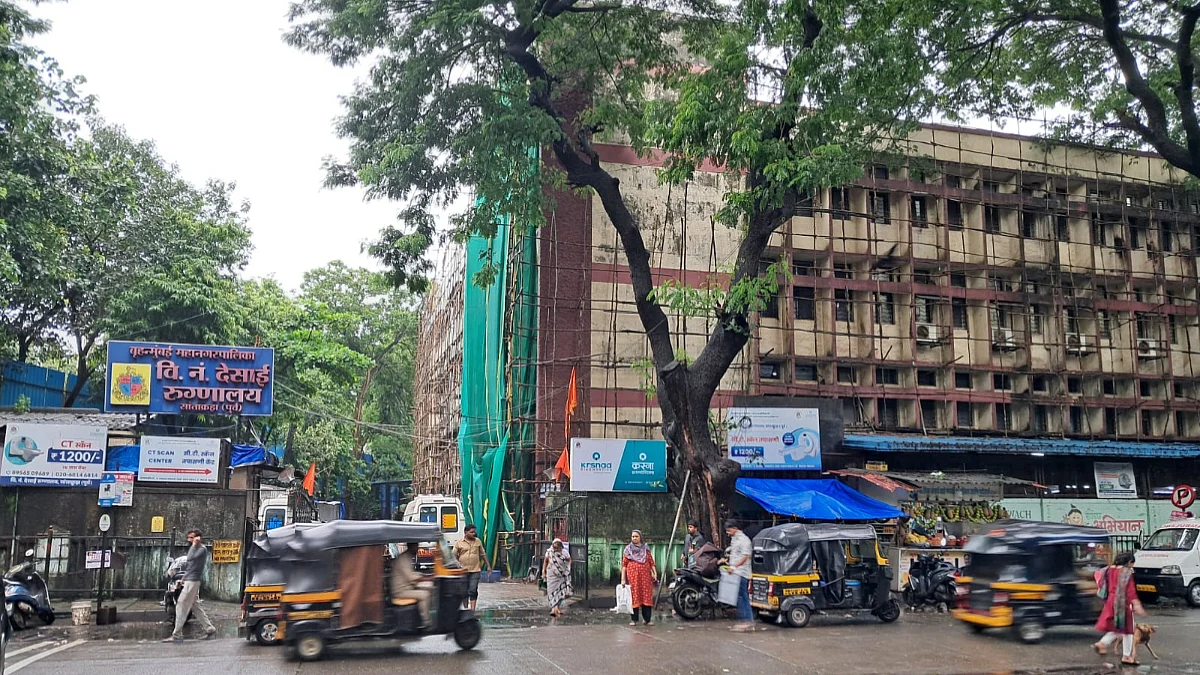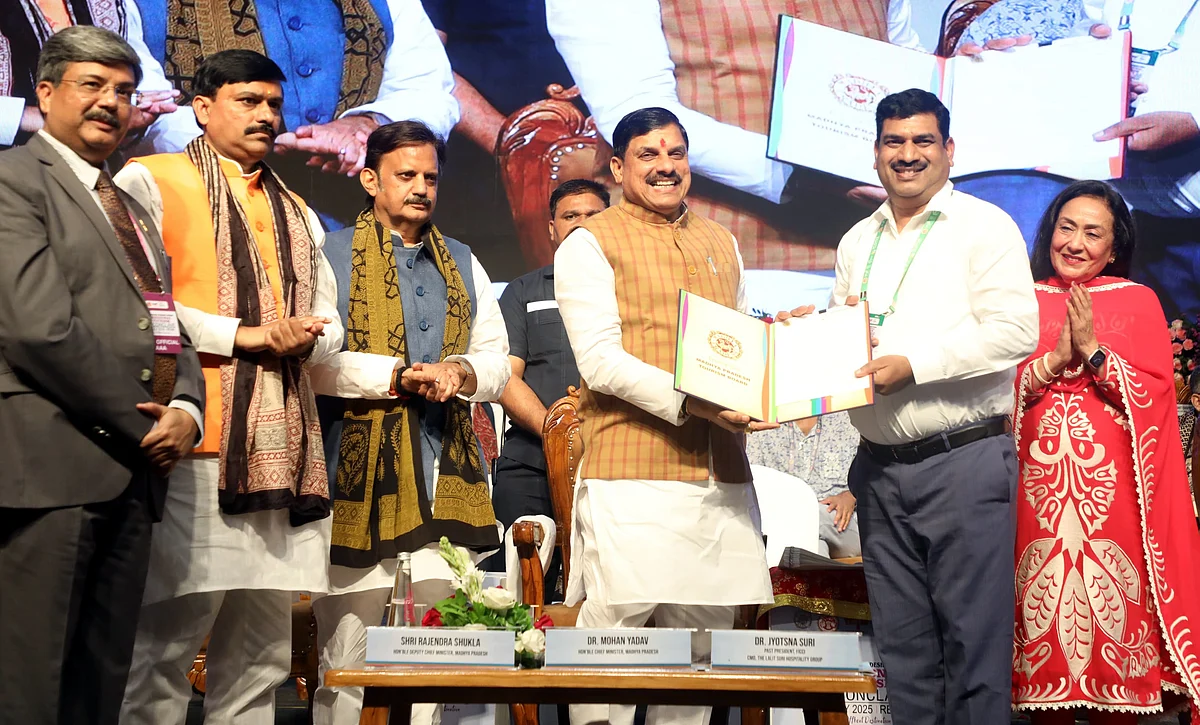Bhopal (Madhya Pradesh): Meladi Mata, a Pachhedi of mother Goddess of Bhopa Bhil Community from Ahmedabad, Gujarat, is on display at Veethi Sankul of Indira Gandhi Rashtriya Manav Sangrahalaya (IGRMS), Bhopal.
It is part of the popular museum series ‘Exhibit of the Month’ in which a traditional object is displayed in the appearance for a whole month. Director of the museum P K Mishra inaugurated the exhibition on Tuesday (October 4). Museum Associate, P Anuradha has composed the exhibition.
About the exhibit, Anuradha says that traditionally, the Vaghri community of Gujarat produce the Pachhedi, a painted cotton cloth used as an enclosure for the shrine of the goddess within which she is invoked and appeased.
The sacred cloth is known as ‘Mata ni Pachhedi (behind the Mother Goddess). This painted cloth originated as a temporary altar or shrine for the community that was constantly on the move. Pachhedi is a folk art form that is popularly called the Kalamkari tradition of Gujarat, she adds.
She further says that the present textile celebrates and reverses the folk Goddess Meladi Mata (Mother Goddess), depicted at the centre seated on a black goat. The Mother Goddess is surrounded by the depiction of other gods and goddess. According to the legend, Goddess Parvati created Meladi Mata from the dirt on her body and bestows her divine strength. Meladi Mata is a folk goddess worshipped by the Vaghris and other nomadic communities of Gujarat. She is identified by her mount, the black goat. She is known as the protector of farmlands.
The sacred cloth Pachhedi follows a particular layout in its formation. It has a central figure of the mother goddess shown within a shrine or temple. The rest of the arrangements are placed in grids with architecture-like insertions in the form of door and arches and the spaces are filled with figures of other gods and goddesses who are benevolent enough to look after their worshipper.
In the same space often there are narrative scenes depicted from mythology related to god and goddess. Pachhedis are painted by the Chitara (painter) of Vaghri community. Traditionally, the cloth is painted or printed in red, black and white. The white is usually the original ground of the material while the other colours are dyes. The devotee donates Pachhedi of their own protector goddess after fulfilment of wishes. The pachhedis are narrated by the Jagriya through songs accompanied by musical instruments while the Bhuvo or Bhuva performed the rituals, she opines.
Anuradha says the main deity of nomadic Vaghris are Khodiya Mata (mounted on crocodile), Bahuchara/Becharaji Mata (mounted on cock), Vahanvati Mata (mounted on sheep), Meladi Mata (mounted on black goat), Dashama (mounted on camel).
These goddesses serve as the guardian of the land, protect the community members from prolonged illness or any kind of misfortune. They also have control over the natural calamities, animal health etc, she adds.
Camel dung used to make Kalamkari artwork
The process of making Kalamkari involves several meticulous steps. First the cotton cloth is freed of its starch by soaking in a mixture of water and camel dung, and washed in the nearby river. After drying in the open sun, the cloth is repeatedly rinsed in fresh water and finally soaked in a water containing caustic soda and castor oil and left to dry. Later on, the same cloth is dipped in another solution of myrobalan, castor oil and water, till the cloth is evenly dull yellow and thus seasoned. The prepared cloth is then ready for painting or printing depending upon the theme. Mostly the central figure of the mother goddess or the motif which occurred seldom on the same piece of cloth is hand painted. The floral border and other frequent motifs are block printed. After painting or printing, most of the fillings and interstices are covered with a mixture of alum and starch, when the cloth dye with alizarin and water produces a dark red colour. After drying, the cloth is again brought to river for washing and bleaching so that the extra dye is washed out and the yellow portion turned bright light.











